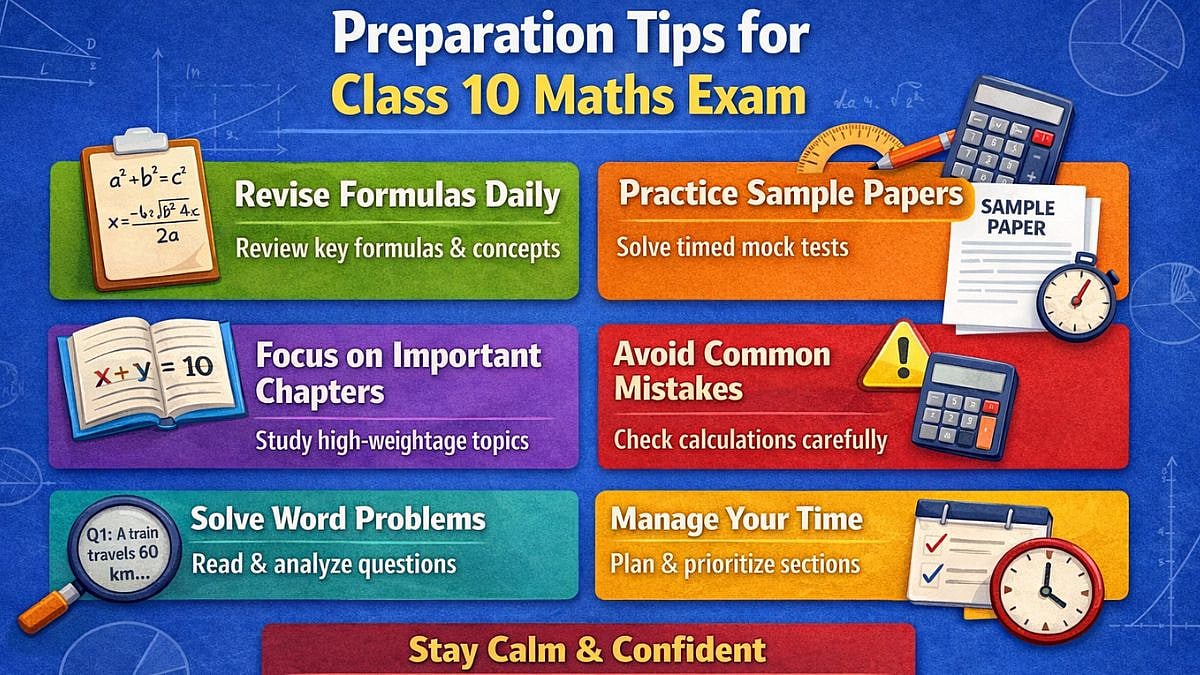The world will witness this year's first lunar eclipse where the Moon will only pass through the faint outer edges of the Earth’s shadow indicating Penumbral nature of eclipse.
This means that the only visible change will be that the disc of Earth’s lone natural satellite will be almost imperceptibly dimmed.
What is eclipse?
Anywhere from four to seven times a year, our Earth, Moon and Sun line up just right to create the cosmic-scale shadow show known as an eclipse. The Moon's orbit around Earth is tilted relative to Earth's orbit around the Sun. This tilt is the reason why we have occasional eclipses instead of eclipses every month.
Why does Lunar Eclipses occur?
According to the NASA, Lunar eclipses occur at the full moon phase. When Earth is positioned precisely between the Moon and Sun, Earth’s shadow falls upon the surface of the Moon, dimming it and sometimes turning the lunar surface a striking red over the course of a few hours. Each lunar eclipse is visible from half of Earth.
These can only occur during a full moon and are a popular event for skywatchers worldwide as they do not require any specialist equipment to enjoy (unlike solar eclipses), according to space.com.
About today's Lunar Eclipse
In New Delhi, the eclipse will start at 8.45 PM IST on May 5 and will go on till 1.02 AM IST on May 5, according to the astronomy guide website In The Sky.
The maximum impact of the lunar eclipse will be visible at 22:52:59 on May 5.
It should be visible in all regions of the world where the moon will be above the horizon during the eclipse. This includes Antarctica, Asia, Russia, Africa and Oceania.
Total lunar eclipse
The Moon moves into the inner part of Earth’s shadow, or the umbra. Some of the sunlight passing through Earth’s atmosphere reaches the Moon’s surface, lighting it dimly.
Colors with shorter wavelengths - the blues and violets - scatter more easily than colors with longer wavelengths, like red and orange. Because these longer wavelengths make it through Earth’s atmosphere, and the shorter wavelengths have scattered away, the Moon appears orangish or reddish during a lunar eclipse.
The more dust or clouds in Earth’s atmosphere during the eclipse, the redder the Moon appears.
Partial lunar eclipse
An imperfect alignment of Sun, Earth and Moon results in the Moon passing through only part of Earth's umbra. The shadow grows and then recedes without ever entirely covering the Moon.
Penumbral eclipse
In this type, the Moon travels through Earth’s penumbra, or the faint outer part of its shadow. The Moon dims so slightly that it can be difficult to notice. That's the type which will occur today.
Next lunar eclipse in 2023
In 2023, Earth will experience two lunar eclipses. The first one is today on May 5 and the second one, a partial lunar eclipse will occur on October 28.










